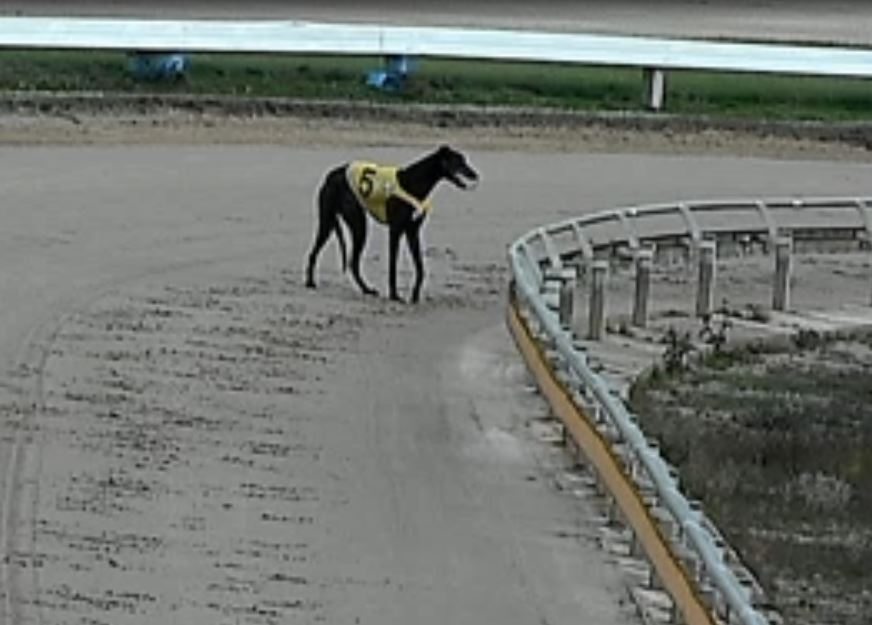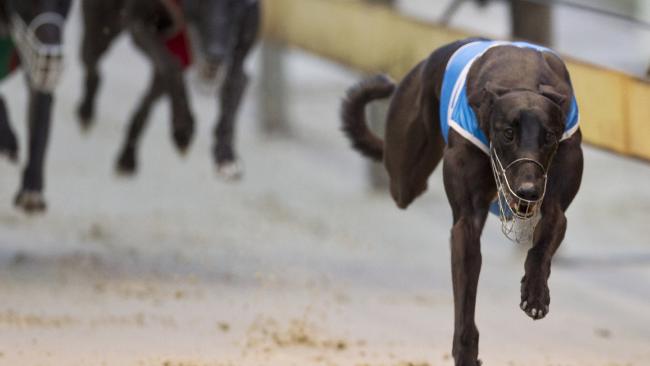by Warren Young
Adjunct Associate Professor, School of Science, Psychology and Sport, Federation University Australia.
In a society that cares about animal welfare, we should look for rules and regulations to make greyhound racing safer. One issue of concern is “over” racing, which means racing too frequently, which could increase the risk of injury to the greyhound.
At the time of writing this in September, there have been 6,786 injuries and 109 greyhound deaths on Australian tracks so far in 2022.
Last month a greyhound had a cardiac arrest after a race in Queensland and was euthanased at the track. It was later revealed that this dog had raced six times over a 20-day period.
So why does this sometimes happen?
In Australia, greyhounds are not allowed to race on two consecutive days, but they could still race two or three times in a week. Greyhound owners and trainers receive appearance money for every dog entered in a race regardless of their finishing position.
The Greyhound Board of Great Britain has recently introduced a new rule preventing dogs from being raced more than once in four days and a maximum of six times over 28 days. This rule is intended to give greyhounds at least three full days rest to recover and reduce the injury risk.
In a New Zealand study, a third of greyhound trainers indicated that they raced twice per week. Research on nearly 5,000 racing greyhounds in New Zealand showed that racing more than once per week increased the risk of injury compared to racing every seven days, which might not only increase the risk of injury, but the researchers suggested it could also shorten the racing career of the dogs.
What can be learned from human athletes?
The evidence on racing greyhounds is backed up by research on human athletes where congested competition schedules increase the risk of injury.
For example, in soccer, there is a greater chance of injury when playing two matches in a week compared to one. This pattern makes sense because we know that the human or canine body must be given adequate time to recover between competition events.
Recovery is especially important from high intensity exercise such as sprinting performed in greyhound racing or soccer because this type of exercise causes some microscopic soft tissue damage, which needs time to regenerate.

So a regulation to limit racing to once per week makes sense
Unfortunately, the message is not as simple as making dogs race less often.
The New Zealand research showed the risk of a racing injury also goes up when dogs have more than seven days between races, compared to a 7-day schedule. This is likely because dogs need regular exposure to high intensity exercise to avoid losses in fitness that can protect them from injury.
Research on Gaelic footballers supports this approach, showing that under-exposure to sprinting created an increased injury risk similar to over-exposure. Therefore, it seems there is an optimum or sweet-spot for how often high intensity exercise like sprinting should be performed, to minimise the risk of injury.
The recommended approach for greyhounds and human athletes is to gradually increase a moderate amount of physical work and to avoid large spikes in workload that may cause injury. Once a high amount of work is accumulated, this can protect the athlete from further injury.
One thing that is accepted in training human athletes is that exercise loads should be individualised according to the athletes needs and capabilities. In the case of the New Zealand greyhound trainers, only 11% of them used specific training programs, and the majority did not even record their sessions.
So what can the Australian greyhound industry take from all this?
First, a rule should be implemented to prevent over-racing and limit any individual dog from racing more than once per week.
Second, trainers should be educated to design an appropriate amount of exercise load to optimise fitness and provide protection from injury.
This includes monitoring their training program and closely tracking how their dogs are coping with it.

Victoria is the only state where racing stewards note concerns about racing frequency. Yet, they still fail to take any action. Read more here
Finally, each state needs to enforce the rules and penalise offenders appropriately since the Australian public expect the industry to do everything possible to maximise greyhound welfare.
This article was first published in The Ballarat Courier, 5 September 2022
